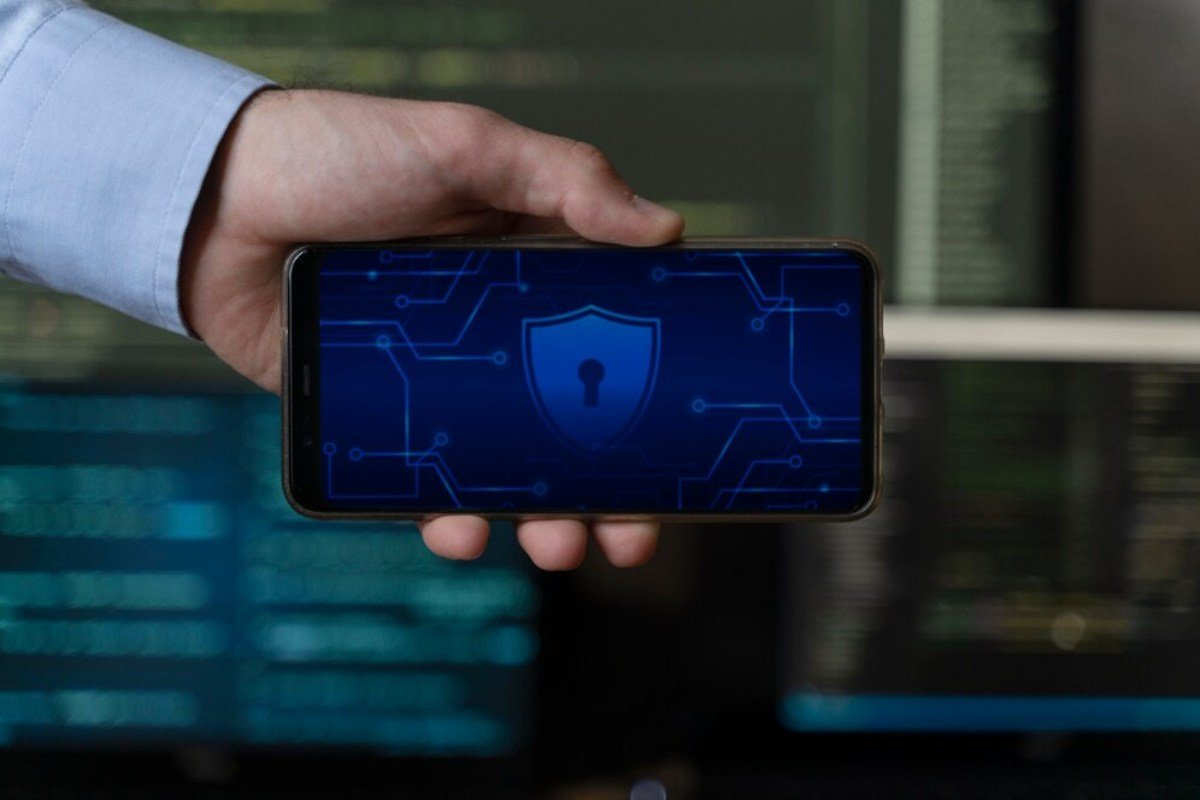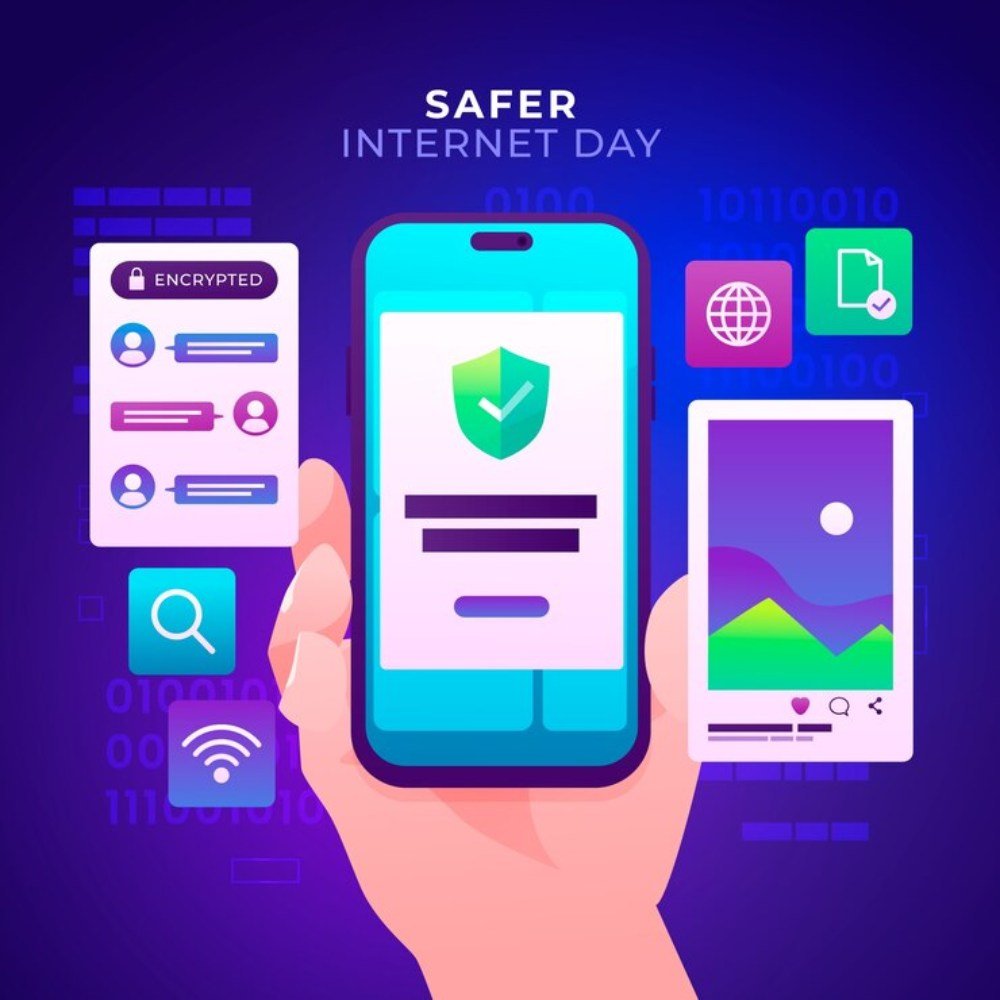
Are you always insecure about privacy and keep trying to find mobile security tips for your device?
Nowadays, in the time of the internet where the boundaries between different countries have been breaking down, our mobile phones have become inseparable devices guiding us through our social networking, working life, and leisure.
While smartphones have brought us the convenience of data transportation, we are still vulnerable to cyber threats so we need to protect our personal data.
In the absence of this, we can still practice the correct cyber hygiene and be vigilant as we explore mobile security tips for protecting our data.
From malicious software to phishing attacks, the digital landscape is rife with potential risks that can compromise our privacy and security.
To help you navigate this complex environment safely, we will take you through the most essential mobile security tips.
Top 10 Key Mobile Security Tips

Here are 10 essential mobile security tips, each explained in detail:
1. Use Strong and Unique Passwords
A Strong and unique password is the most obvious but at the same time one of the crucial mobile security tips to follow.
Passcodes represent the first barrier to unauthorized persons while all your mobile device and internet accounts are at the same time.
Strengthening mobile security requires you to have complex, unique passwords that do not appear on other accounts.
A strong password typically consists of a mix of uppercase and lowercase letters, numbers, and special characters.
Make sure you do not convey easily guessable information in such authentications, for example, this can be birthplaces, pet names, or anything similar that can be hacked.
Consider using a reputable password manager to generate and store complex passwords securely.
2. Enable Two-Factor Authentication (2FA)
Two-factor authentication (2FA) has very strong security against visiting unauthorized online accounts.
The verification process requires not only a password but also an extra one, which can be a fingerprint scan, facial recognition, or a special code that appears on the smartphone.
Go through your accounts one by one and wherever you can enable 2FA do it because then even if your password is stolen, the criminal will not be able to get your accounts.
Most major online services, including email providers, social media platforms, and banking institutions, offer 2FA as an optional security feature.
This device should be characterized as the tool that creates apt extra security measures at the top of defense of your sensitive information.
3. Keep Software Updated
Security patches for the operating system and app updates can be the probable measures that take care of known vulnerability problems and can boost up defenses against cyber threat agents.
It is paramount to download the latest updates as often as your phone or app allows this to prevent data leakage.
Set your device to automatically install updates whenever possible, or check for updates manually on a regular basis.
An updated software lessens the possibility that cybercriminals might go after known vulnerabilities (weak points) in no longer relevant systems.
4. Be Cautious of Public Wi-Fi Networks
The public Wi-Fi networks including those in salons, airports, and hotels are indeed a very huge risk.
These networks are always exposed and do not have any security measures, thus data on these networks can be intercepted by harmful actors.
Keep away from logging on to any account with personal information and don’t browse personal data on a Wi-Fi network in a public place.
If you must use public Wi-Fi, consider using a virtual private network (VPN) to encrypt your internet traffic and protect your privacy.
Also, be mindful of connecting to free Wi-Fi hotspots with misleading names close to real ones, these could be stripped by online criminals to conceal sensitive data.
5. Install Antivirus Software
Computers are not actually more secure than typical mobile devices but they are susceptible to such problems as malware, viruses, and other malicious software in almost the same way.
Installing reliable (although not of the very well-known brands) Antivirus software on your smartphone can help prevent malicious threats and protect your private information from falling under hackers’ notice.
Look for antivirus apps with features such as real-time scanning, malware detection, and secure web browsing.
Many antivirus programs available online are actually just disguises for malware to be installed without prevention.
So, ensure to download these antivirus programs from trusted sources such as the Google Play Store or Apple App Store.
Regularly scan your device for malware and promptly remove any detected threats to maintain optimal security.
6. Exercise Caution with App Permissions
Permission requests should be critically examined when downloading new apps.
Some apps may ask for access to sensitive data or device features that they don’t necessarily need to function.
Before providing access, think about the extent to which the app needs to access information and it is justified for the purpose of the app.
Be particularly cautious of apps that request access to personal information, such as contacts, location data, or device identifiers, without a clear justification.
Limit permissions given to apps to the minimum level and uninstall any apps requiring plenty of data access.
7. Secure Your Device by Using Biometrics
Many modern smartphones offer biometric authentication features, such as fingerprint scanners and facial recognition technology.
Biometric authentication makes the ways of accessing gadgets such as unlocking and confirming a user’s identity much easier and more secure.
That is why you should take advantage of these facilities and add one more layer of defense to the mobile device.
Unlike a password, biometrics is key-state because it is tied to you since your biological features imprinted have been carried through your entire life.
However, it’s essential to enable additional security measures, such as requiring a passcode or PIN as a backup authentication method, in case biometric authentication fails or is unavailable.
8. Backup Your Data Regularly
Data disappearance can occur due to different reasons, such as data loss on a device, failure of hardware, or software corruption.
To mitigate the risk of losing important data, it’s essential to regularly back up your mobile device’s data to a secure location.
This could be a cloud storage platform — a service like iCloud or Google Drive — or an external hard drive that is attached to your computer.
Set up automatic backups whenever possible to ensure that your data is consistently and securely backed up without requiring manual intervention.
In the event that your data is damaged or a device failure occurs, you can regain your data from the backup, thereby efficiently overcoming the loss and persisting with your valuable information.
9. Be Mindful of Phishing Attempts
Phishing attacks are a common tactic used by cybercriminals to trick users into revealing sensitive information, such as passwords, financial details, or personal information.
Sometimes phishing pretends to be real emails, SMSes or even websites even lose their real identity and ask one to provide their personal data.
Therefore be careful when you are asked to give your information, especially when the request comes from untrusted sources.
Avoid spam and phishing by noticing obvious traits of phishing like spelling, grammatical errors, generic greetings, and requiring urgent actions.
When in doubt, verify the legitimacy of requests through independent channels, such as contacting the purported sender directly or visiting the official website through a trusted link.
10. Use Find My Device Features
Now we are coming to an end to our list of ‘Top 10 mobile security tips, with the ‘Find My Device’ feature.
Many smartphones nowadays have already been installed with numerous functions, such as location services, locking the phone, or wiping it remotely in case it’s been stolen or lost.
These Find My Device features provide invaluable tools for protecting your data and device in the event of theft or loss.
To have these features function on your cell phone turn on and configure them the moment you begin using it.
In the event of loss or theft, you can use these tools to locate your device, remotely lock it to prevent unauthorized access or erase its data to safeguard your sensitive information.
That happens due to the fact that the device can be found by Find My Device, so you have increased odds for the recovery and you have fewer risks for the operating system to be accessed by someone else.
Conclusion
So by doing the 10 mobile security tips, devices can be very effective as well as your personal information is secure from cyber-attacks.
By prioritizing the given mobile security tips and remaining vigilant against potential risks, you can enjoy the benefits of mobile technology without compromising your privacy or security.
Stay alert with new perils and periodically visit your security stage for fresh compliance to changing risk factors.
With the right precautions in place and our major mobile security tips, you can confidently navigate the digital world and safeguard your digital identity.
You May Like Also: